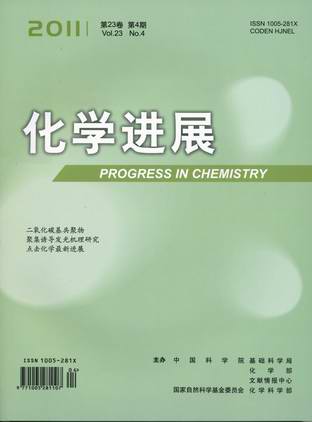Qin Yusheng, Wang Xianhong, Wang Fosong. Recent Advances in Carbon Dioxide Based Copolymer[J]. Progress in Chemistry, 2011, 23(4): 613-622.
Carbon dioxide based copolymers utilize greenhouse gas CO2 and can be applied in research and industry, which makes it become one of the emerging low cost biodegradable plastics. This paper summarizes our achievements in improvement of catalytic activity for propylene oxide (PO)-CO2 copolymerization and enhancing molecular chain interaction of poly(propylene carbonate) (PPC). The supported strategy on rare-earth ternary catalyst showed 36% increase in catalytic activity. Three strategies including increasing molecular weight of PPC, crosslinking of PPC and preparation of regio-regular PPC were used to enhance molecular chain interaction of carbon dioxide based copolymers, which were effective in improving the thermal and mechanical performances of CO2 copolymers.








